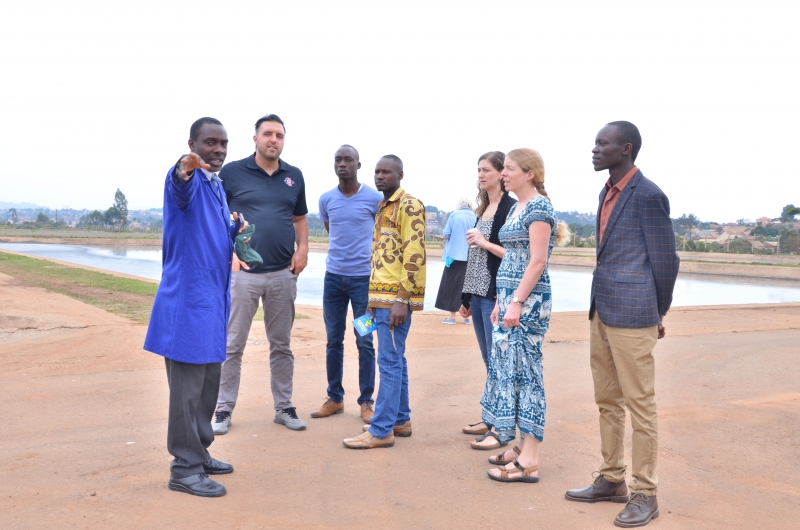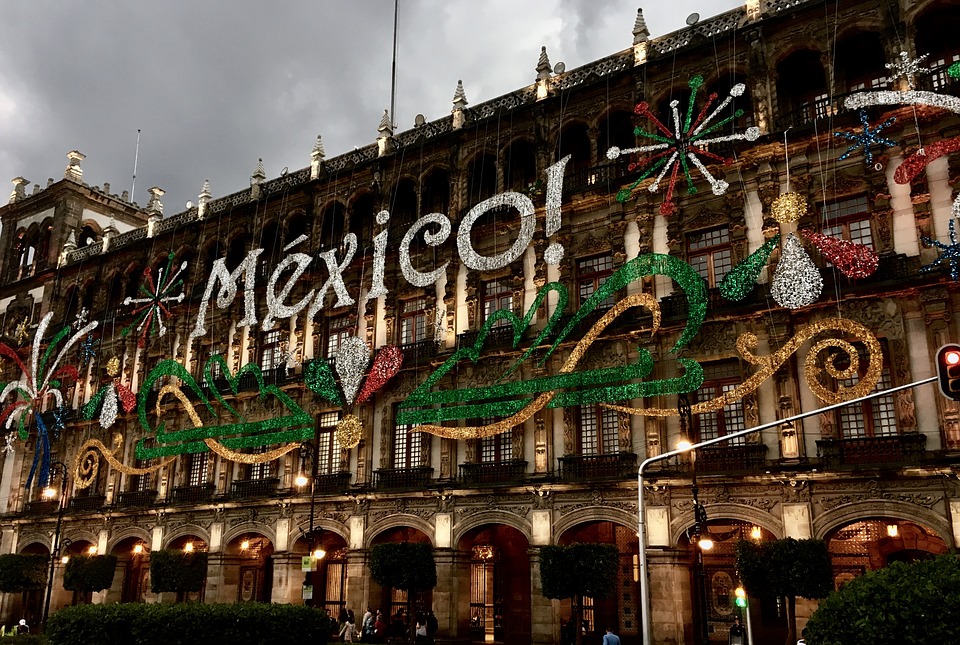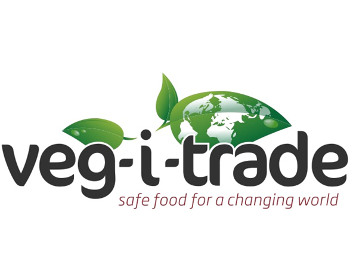Background
Water systems are vital for all life on earth. Water systems are threatened by global change, including population increase, increased water use, pollution and climate change. The water crisis has been listed as a top five risk by the Global Risk Reports of the World Economic Forum. Water scarcity, which I define here as the lack of fresh water sources of a quality sufficient for its demand, influences different sectors, including agriculture, energy and health sectors. Moreover, ecosystems are significantly affected by insufficient or polluted water. Extreme events, such as floods and drought, can have devastating impacts on water security for humans and ecosystems. Water security is essential for sustainable development globally. Solving the water crisis requires an integrated approach, combining multi, inter and transdisciplinary approaches. Despite a large amount of scientific input on this crisis, we have seen only limited response from policy makers. We should ensure that we continue to work with stakeholders and answer their needs to increase water security.
My work contributes to the research on water systems and global change. Our group contributes in particular to water quality and health. Diarrhoea still is one of the most important causes of death, in particular in children below 5 years of age. In order to contribute to reducing this problem, I apply environmental systems analysis approaches to water quality and health. I have pioneered modelling of water quality for pathogens at the large scale: the GloWPa model. I am interested to know the impact of socio-economic development and climate change on the microbiological water quality and consequent health risk. I am involved in such analyses at different scales, from global to local (e.g. a city). At the global scale I am involved in the large-scale water quality community that works towards understanding present and future water quality and impacts of poor water quality, for instance through work that I lead with the World Water Quality Alliance (WWQA) and the Inter Sectoral Impact Model Intercomparison Project (ISIMIP). At the local scale I am also interested to understand how interventions influence the water quality and health risk. We use this knowledge in projects with stakeholders in which we develop tools with and for the stakeholders that help them understand the impact of interventions. The information can be used to create future development pathways.
Projects
PreVir
WaterPath
Food safety in a circular water and food system
World Water Quality Alliance (WWQA)
I have been strongly involved in the WWQA from 2019. I chair the Technical Advisory Committee of the WWQA. I have also been involved in developing a very first baseline water quality assessment, leading the chapter on Water Quality and Health. With seed funding of the WWQA, we have made large steps forward with the large-scale water quality community. We have developed first water quality scenarios. This was followed by an initiative through ISIMIP to develop protocols for water quality model intercomparisons. Within ISIMIP we are also looking to assess the future water quality, using socio-economic development and climate change scenarios.
Mapping and Implementing Knowledge to Practice (K2P) Utilizing the Global Water Pathogen Project (GWPP)
I am as PI responsible for the mapping part of this project funded by the Bill and Melinda Gates Foundation project. The mapping will help decision makers to identify hotspot regions with high pathogen concentrations in surface water and compare plausible management interventions. Details about the project can be found here.


Waterborne pathogen concentrations in rivers and consequent burden of disease in Mexico City
We follow the flow from sanitation system through water to the population in Mexico City. We model these flows and use them in Quantitative Microbiological Risk Assessment. We validate the model flows using data gathered previously in Mexico City.
The GloWPa model
The GloWPa model currently estimates human and livestock Cryptosporidium and Rotavirus emissions to surface water. It is constantly further developed. Details about the model can be found here.


Quantifying the impact of flooding on E. coli concentrations in the surface waters of Kabul river in Pakistan and Betna river in Bangladesh
We seize the opportunity that rivers that flood every year provide. We measured E. coli concentrations in the rivers biweekly or monthly when there was no flooding or daily when there was a flood to study the relationship between concentrations and climate variables. We then model the hydrology and E. coli concentrations in the rivers and perform scenario analysis to study how concentrations change if floods occur more frequently, as is expected in the future. In these regions of Pakistan and Bangladesh the incidence of diarrhoeal diseases is already very large and increases in E. coli concentrations likely also mean increased pathogen concentrations and risk of disease. Climate change could strongly impact the health of the population in these regions.
The Global Water Pathogen Project (GWPP)
The GWPP mission is to be a knowledge resource and hub on water pathogens which will guide the goals for sanitation and achieving safe water around the world using the power of new information technology and tools. The knowledge hub is a developing platform to support global exposure assessments, risk assessments, and enable evaluation of sanitation technologies for achieving health-based targets. The current GWP network of scientists and students are developing an open access online resource for sharing and retrieving databases, quantitative information, tools and educational materials on pathogens associated with excreta and wastewater. We contribute a chapter to the GWPP in the case study part of the project on GloWPa and scenario analysis.


Veg-i-Trade
Veg-i-Trade was funded by the seventh Framework programme for research of the European Commission. The project sought to assess the impact of anticipated climate change and globalisation on the safety issues concerning fresh produce and derived food products. Our role in Veg-i-Trade was, as the leader of Work Package 9, to provide climate scenario data for the other modelling groups. Moreover, we developed a regression model that estimates microbial contamination risk of leafy greens, taking into account climate and management variables.